Canada may lose access to Peace Garden airport
Advertisement
Read this article for free:
or
Already have an account? Log in here »
We need your support!
Local journalism needs your support!
As we navigate through unprecedented times, our journalists are working harder than ever to bring you the latest local updates to keep you safe and informed.
Now, more than ever, we need your support.
Starting at $15.99 plus taxes every four weeks you can access your Brandon Sun online and full access to all content as it appears on our website.
Subscribe Nowor call circulation directly at (204) 727-0527.
Your pledge helps to ensure we provide the news that matters most to your community!
To continue reading, please subscribe:
Add Brandon Sun access to your Winnipeg Free Press subscription for only
$1 for the first 4 weeks*
*$1 will be added to your next bill. After your 4 weeks access is complete your rate will increase by $4.99 a X percent off the regular rate.
Read unlimited articles for free today:
or
Already have an account? Log in here »
INTERNATIONAL PEACE GARDEN – David Pedersen drives his truck past border customs, turns up a grassy hill and stops at a ramshackle piece of tarmac on the edge of the country.
Opening his car door, Pedersen drops his feet down on the warped pavement. There it is, he says: this piece of tarmac is Canada’s contribution to the International Peace Garden Airport.
The paved ground on Canada’s side of the airport is smaller than the footprint of a community tennis court. It’s not much to look at, but it allows Canada to use the North Dakota airstrip next door.
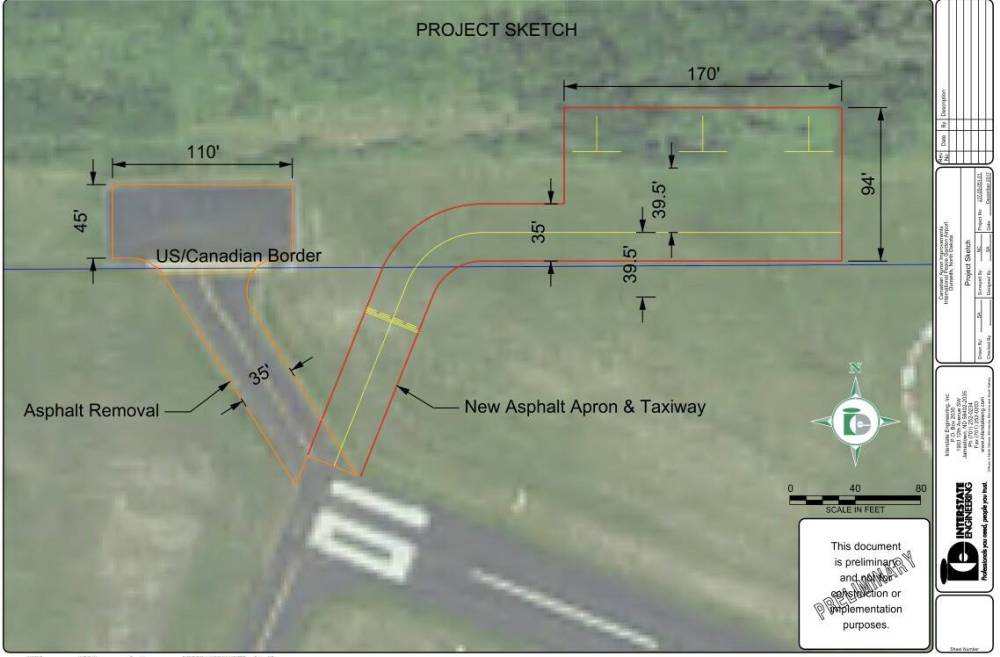
Canadians can land at the airstrip, taxi the aircraft over the border to the pavement chunk in Canada, park, visit the gardens, clear customs, and take off again. But the airstrip and the taxiway, being just south of the border, are paid for by the United States.
The future of this relationship, however, is in jeopardy. Canada will lose access to the airport in next eight to 15 years unless some department in the country partners with North Dakota on a rebuild.
Due to federal regulations, North Dakota will need to reconstruct some of its tarmac and that will directly cut off access to Canada’s slab of pavement. The Americans are looking for someone to deal with in Canada to build a new access, however they’ve failed to connect with a single agency willing to partner on the project.
The regulation failure is that the taxiway that gives access to Canada is not at a 90-degree angle to the landing strip, according to Kyle Wanner, director of aeronautics for North Dakota, who added that Canada’s pavement is too close to part of the airstrip. As a result, Canada’s slab of pavement at the airport needs to move, or it won’t be connected in the future.
“What will happen here is, during the short term, we’ll still have access to Canadians on that taxiway moving forward,” Wanner said. “But eventually that taxiway is going to need a reconstruct, and when it does, if Canada does not step up, or any organization, to fund any improvements on the Canadian side, the taxiway going to the Canadian apron will just be removed, and all access to Canada will cease.”
Looking for ways to keep the airport connection going, North Dakota had engineers sketch a new design that would pay American dollars for a new taxiway. All that would be needed is Canadian authorities to commit to move the Canadian tarmac roughly 300 feet to the east, and connect to the taxiway at the new location.
The problem is that nobody has been able to identify who in Canada is responsible to green light the project. And so while the United States prepares to reconstruct the airport, it has no confirmation that Canada will actually join in on the program and build its side of the border.
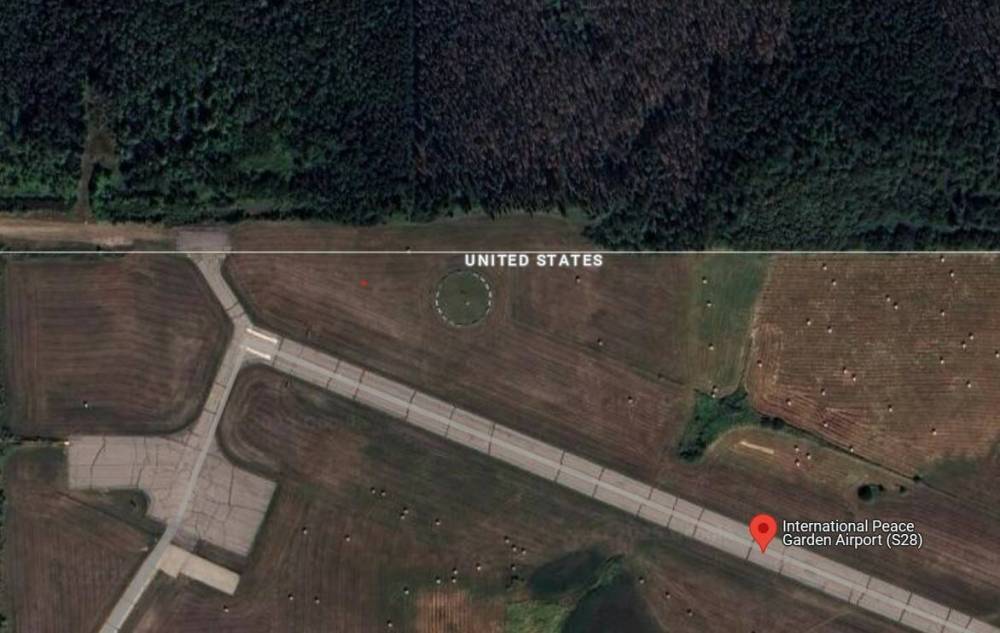
“Almost every group that we had reached out to didn’t feel it was their problem, if you will, or there was something that they needed to further discuss. And so we kind of just kept going round in circles,” Wanner said. “Does Canada want their apron or not? Do they want to continue this partnership or not? We just don’t quite have an answer to that yet.”
Judy Saxby, a former member of the peace gardens board of directors, said she has failed to find any answer to who is responsible for a proposed upgrade. She has been pursuing the answer of who owns the land in her spare time.
“I’ve been working at it for about three or four years now, and have not been able to find out who, in quotation marks, owns the little tarmac and who was responsible for building it in the first place,” Saxby told the Sun. “There doesn’t seem to be any documentation on it.”
Saxby said that the problem has been not due to resistance, but that no person has been able to give a final answer.
In an email in June, a spokesperson for the Province of Manitoba told the Sun that the land is on a road allowance, next to Turtle Mountain Provincial Park — both owned by the province. The spokesperson said that if any party wanted to build on the land, they would have to discuss it with the provincial government, as well as the International Boundary Commission.
When the Sun asked the Manitoba NDP government if it would be interested in investing in the airport, a cabinet spokesperson said that the government does not have jurisdiction over any improvements to the Peace Garden airport. The spokesperson said that the airport is instead in the hands of the federal government.
”While the minister’s office has received a proposal regarding a future expansion to the airport at the International Peace Gardens, the proposal was referred to the federal government who have sole jurisdiction over that particular airport,” wrote press secretary Caedmon Malowany on behalf of Minister of Municial and Northern Relations Glen Simard.
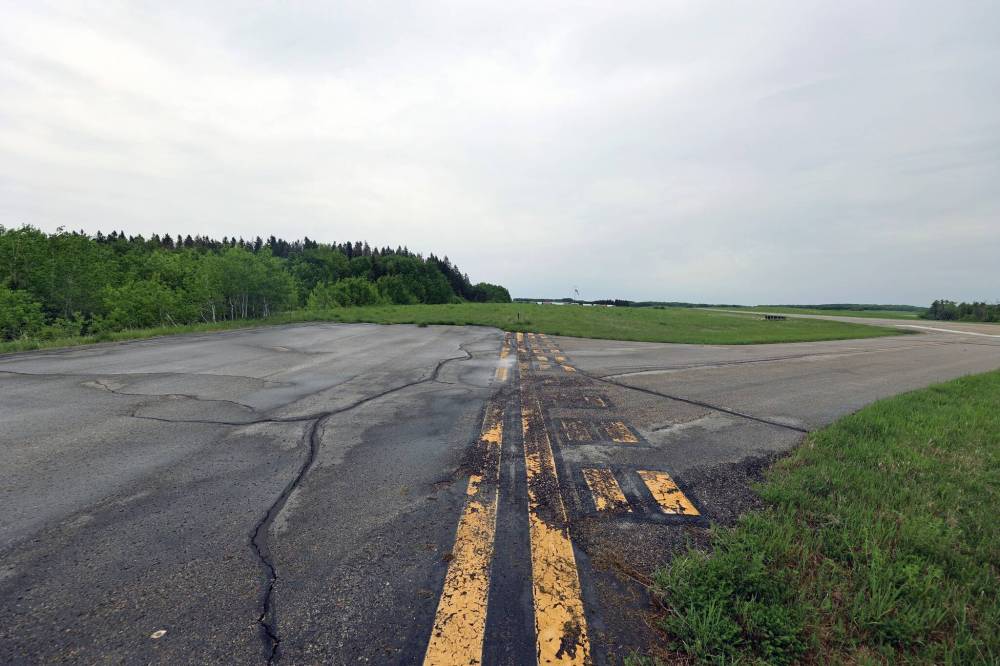
In an email to the Sun, a departmental spokesperson for Transport Canada said that the decision over this land, such as to issue permits or approve land use applications, would fall to local governments.
”Land ownership and land use decisions are typically handled by municipal or provincial governments,” wrote the spokesperson to the Sun. “We recommend contacting the Municipality of Boissevain–Morton, and or the Province of Manitoba.”
The spokesperson said that should a project be proposed at the airport that would affect aviation safety or operations, the agency would review to ensure complaince with regulations.
On his way home from the airport, Pedersen said the recent lack of upkeep at the International Peace Gardens Airport is a symbol showcasing that the Province of Manitoba overlooks airports and their significance. He said it’s one of a trend across Manitoba.
“This is a symbol of a bigger, greater, problem,” Pedersen said.
In the RM of Piney, a Canada-U.S. airport was discontinued in December of 2024 due to a lack of funding on the Canadian side, Pedersen said. He argued that it was a loss as the airport could have been used this year to assist wildfire efforts in the east of the province, giving surveillance planes somewhere out of which to operate.
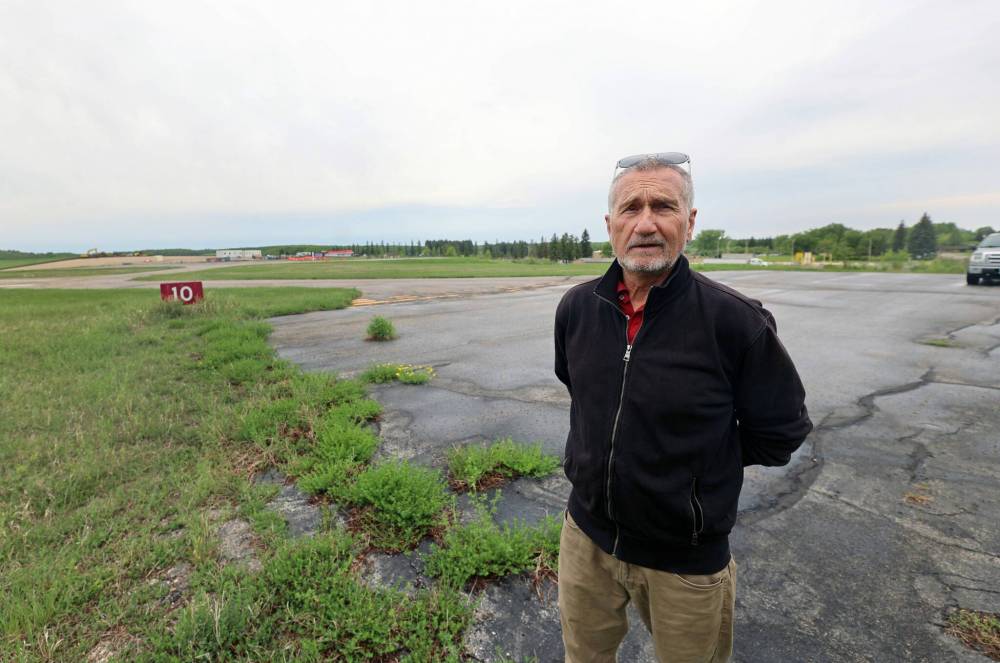
“Especially in Manitoba, the provincial government is ignoring the contribution that the southern airports make,” he said. “What I visualize is that we will lose more airports.”
Pedersen promotes aviation in the south of the prairies, asserting that airports are crucial for emergency responses such as wildfires and medical evacuations, and that the province does not invest enough in the asset.
Adam Penner, owner of Harv’s Air Pilot Training near Winnipeg, said he agrees that there is a lack of funding for airports in Manitoba, and worries the Peace Garden airport will end similarly to the loss in the RM of Piney.
“It’s the same kind of vibe,” Penner said. “The Canadians can’t decide who’s responsible for it, and nobody does anything, it’s a real shame.”
He said the Peace Gardens airport is a beautiful place to visit. The gardens are nearby, as well as the value of being able to clear customs going north and south of the border. Penner uses the airstrip on business roughly 25 times a year, including for trips to Minot, N.D.
The United States this summer is spending $3.5 million to rehabilitate all airport pavement on the U.S. side of the border. Workers cannot cross over to Canada due to jurisdictional issues — and North Dakota has been unable to find a partner in Canada to organize the project.
“I’m a bit embarrassed,” said Penner. “The Americans can resurface the entire runway, and we can’t even get our act together on a little ramp.”
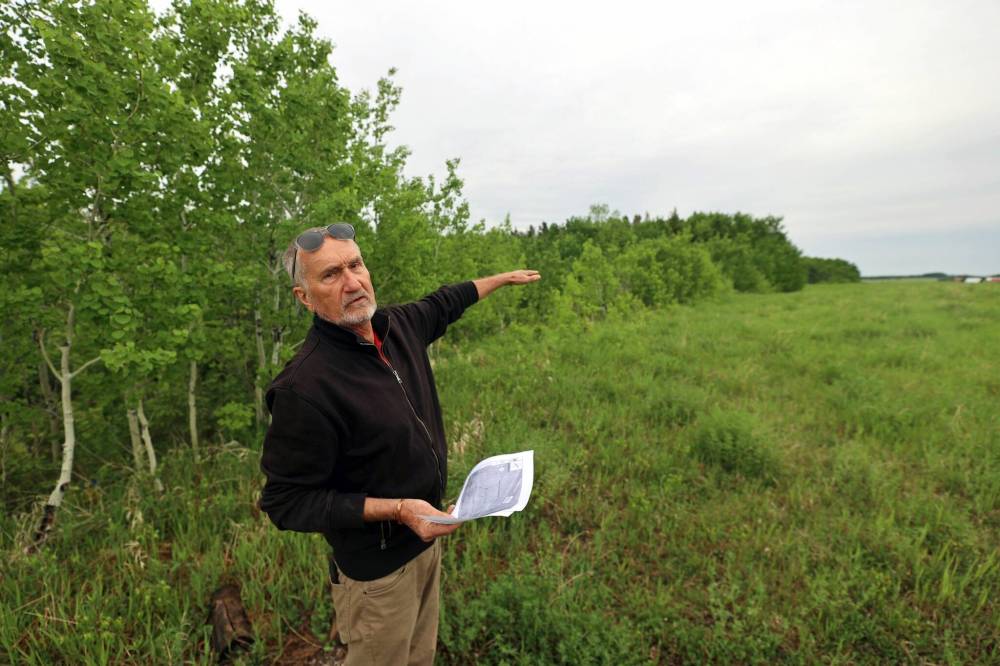
Wanner told the Sun that North Dakota is seriously interested in making something work between the two countries, and that there is still years to organize before the airport performs reconstruction that would cut off Canada’s existing parking pad.
“I appreciate any positive publicity on the situation,” said Wanner when reached by the Sun. “I would be happy if somebody in government would actually pay the phone call and say, ‘Hey, let’s figure this out.’”
» cmcdowell@brandonsun.com
